
The Psychology of Color: How Colors Affect Your Mood and Behavior
Explore the psychology of color and discover how different colors can influence your mood, emotions, and behavior in everyday life.
The Psychology of Colour: How Colours Affect Your Mood and Behavior
Have you ever felt a rush of energy when seeing bold red or comforted by soothing hues of blue? We rarely recognize the influence that colours have on our emotional states and behaviours. Colour psychology is important in various fields, ranging from interior design to marketing and self-expression. Knowing the science behind colour and its effects on the psyche enables us to make conscious choices in our daily lives to enhance well-being and productivity.
The Science Behind Colour Psychology
The psychology of colour, it must be said, finds very deep roots in science and begins with how colour is perceived through light wavelength. There is correspondence to wavelength and frequency with a certain colour, which would thus behave differently with our brain in certain ways. For example, warm colours like red and orange have longer wavelengths, which activate the brain into stirring, whereas cool colours like blue and green are represented with shorter wavelengths that soothe the brain.
In addition to the biological aspect, cultural and personal implications define exactly how we understand colour. For instance, white is purity in the West but mourning in Asia. Personal experiences too, such as a treasured memory tagged to a specific colour define emotional responses. It's this interplay of both science and social context which makes colour psychology at one time universal, and different at another level.
Colour Psychology about Specific Colours
Red: The Colour of Passion, Energy, and Danger
Red is a very powerful colour. It invokes extremely intense emotions that are associated with passion, love, and power but danger or urgency.
Effect on Mood and Behavior: Red raises heart rate and energizes, and therefore ideal for action or exciting situations. This can also result in increased aggressiveness or stress levels if used excessively.
Applications in Design and Marketing: In marketing, red is used to create urgency, for example, during clearance sales. It is used for branding those items that intend to thrill the consumer, like sports cars or fast-food chains.
Blue: The Colour of Serenity, Trustworthiness, and Reliability
Blue is the colour, which reminds us of the state of serenity, reliability, and professionalism. There is also the aspect of calming: as this Colour is utilized in promoting sleep and concentration.
Impact on Feeling and Conduct: Blue would ease stress and focus an individual so it's quite acceptable to apply for the offices or meditation rooms.
Usage in Design and Branding: Most companies employ the colour to get the word out that they are dependable, late even in hospitals, to reduce the patient's stress levels.
Yellow: Colour of Joy, Optimism, and Creativity
Yellow is an uplifting colour that feels cheerful.
Effect on Mood and Behaviour: It has a mentally stimulating and optimistic value; however, overuse has been responsible for frustration.
Applications in Design and Marketing: The colour Yellow often represents products for children as well as other campaigns which often evoke excitement and excitement.
Green: Green: Colour of Nature and Growth
Green signifies life, freshness, and equanimity. For that reason, this colour is considered a healing colour.
Impact on Mood and Behaviour: Green gives off a feeling of serenity and an impression of association with nature tends to produce balance and calmness.
Application in Design and Advertisement: It is highly frequently applied in green branding. Green stands for being green and fit.
Orange: The Energy Colour, Vibrancy Colour, and the Colour of Creativity
Orange is one of the warm bright colours and has the energy of red merged with the gaiety of yellow.
Mood and Behavioral Influence: It creates excitement, optimism, and social behaviour.
Orange Colour in Advertising and Marketing
Orange is largely applied in adverts that capture adventurous or dynamic brands, such as outdoor gear or products related to fitness.
Colour Psychology in Everyday Life
Colour psychology significantly influences the decisions one makes in life, including the houses that we reside in and the consumer goods.
-
Interior Design: Colours decide the mood that the room possesses. While warm tones, like yellow and orange, are inviting to a space, cool tones like blue and green would be for resting.
-
Marketing and Branding: Colours stir emotion and encourage consumption behaviour, therefore frequently being applied as tools to sell, red in sale banners to attract more and even in financial services, for instance, in trust; blue.
-
Fashion and Personal Style: The colours we wear affect the way we perceive ourselves and how others perceive us. Wearing black projects authority, whereas bright colours convey confidence or creativity.
Colours are more than stimuli to the eyes. Colours have the power to help form our experiences and well-being. When their psychological effect is understood, it can help us to tap the power of colours in making environments and experiences uplifting and inspiring.